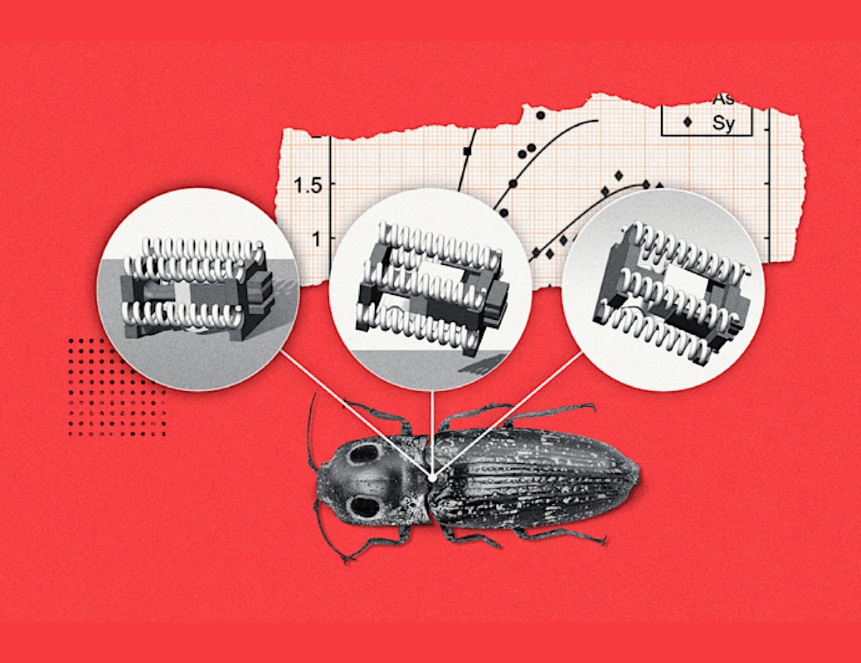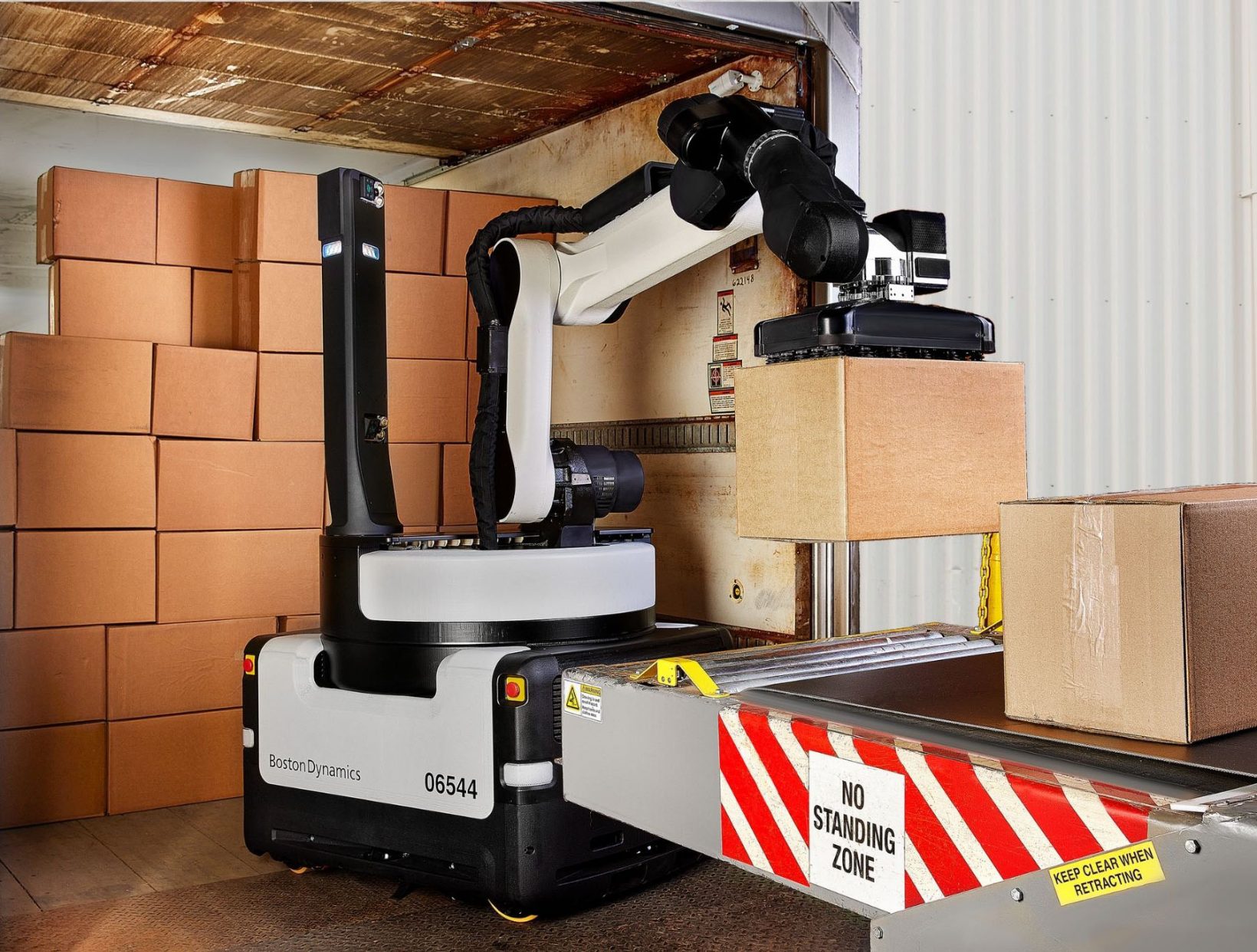In the realm of epilepsy research, a groundbreaking study leveraging AI technology sheds new light on understanding the behavioral manifestations of the disorder. While high-resolution imaging has provided insights into the brain circuitry underlying epilepsy, the impact of the condition on behavior remains less explored. A recent study, employing an AI tool on mice, delves into capturing behavioral patterns associated with epilepsy, offering promising implications for diagnosis and treatment.
Epilepsy, characterized by recurrent seizures, poses a significant challenge for both patients and medical professionals. Conventional diagnostic methods, such as electroencephalography (EEG), while valuable, may fail to capture subtle behavioral changes and necessitate prolonged observation. Recognizing this limitation, researchers from Stanford Medicine, in collaboration with the National Institute of Neurological Disorders and Stroke (NINDS), turn to AI innovation to decipher behavioral nuances in epileptic mice.
Enter MoSeq (Motion Sequencing), a machine learning tool designed to discern repetitive behaviors with remarkable accuracy. By analyzing video footage of free-roaming mice, MoSeq unveils behavioral "fingerprints" that elude human observation. This sophisticated technology not only distinguishes between epileptic and healthy mice but also outperforms traditional diagnostic methods, requiring only one hour of video recording for analysis, devoid of seizure occurrence.
The application of MoSeq extends beyond mere identification, as researchers leverage its capabilities to assess the efficacy of anticonvulsant medications. Through pattern recognition, AI facilitates a deeper understanding of behavioral alterations induced by pharmacological interventions, paving the way for personalized treatment strategies.
The implications of AI-driven epilepsy diagnosis are profound, offering a faster, objective, and cost-effective alternative to conventional approaches. By harnessing the power of machine learning, medical professionals can expedite diagnosis, tailor treatment regimens, and enhance patient outcomes. Envisioning a future where video-based assessments serve as a cornerstone of epilepsy diagnosis, researchers anticipate a paradigm shift in neurological care, driven by technological innovation and data-driven insights.
As AI continues to reshape the landscape of medical research, its integration into epilepsy diagnosis heralds a new era of precision medicine. With each behavioral pattern decoded, the journey towards improved epilepsy management becomes increasingly attainable, underscoring the transformative potential of AI in healthcare.


















